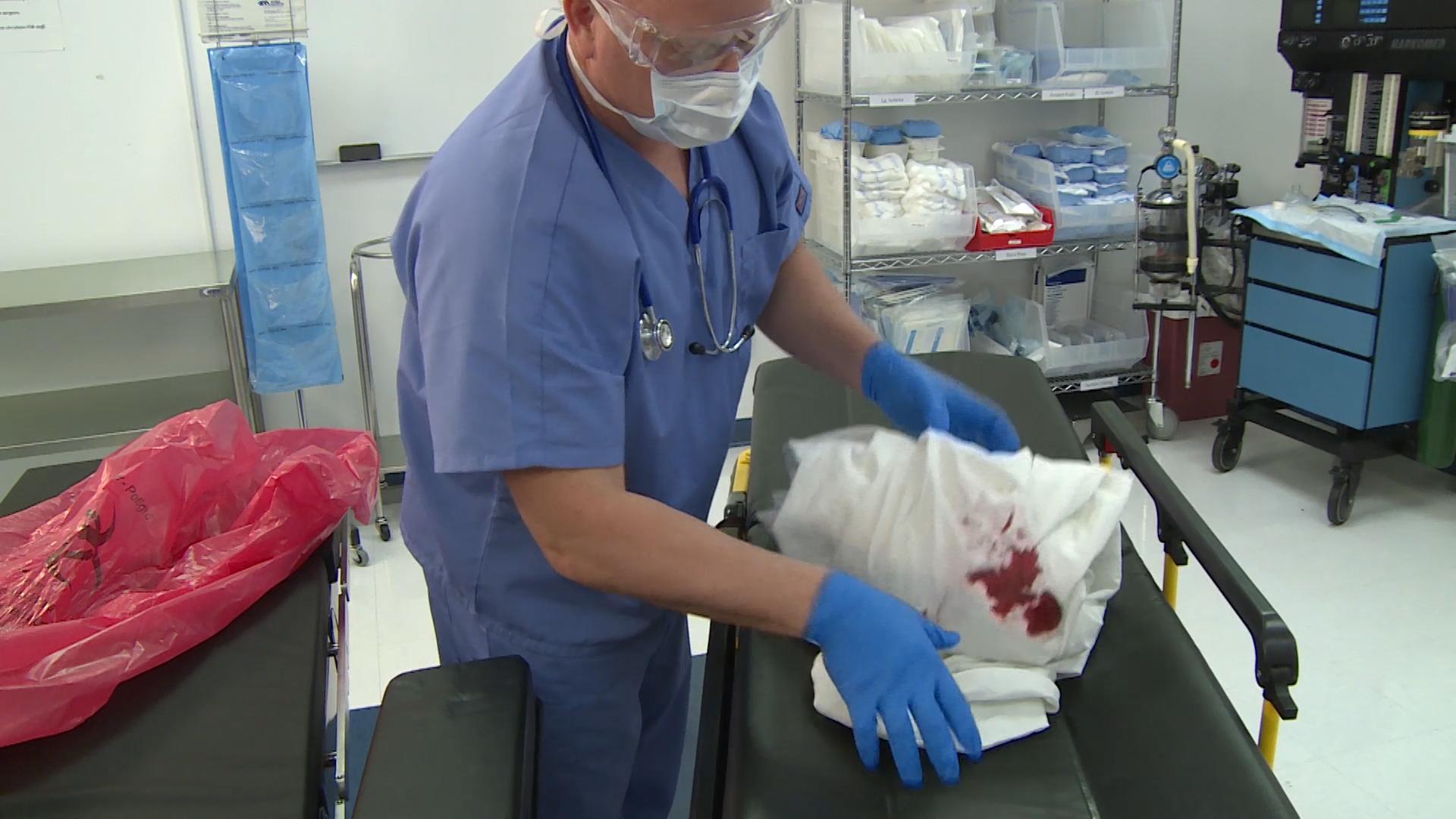Bloodborne pathogens are microorganisms that are present in human blood and other bodily fluids, and they can pose a serious health hazard to workers who are exposed to them. This is particularly true for workers in healthcare facilities, such as hospitals, clinics, and nursing homes. In this article, we’ll explore the importance of understanding and addressing the risks associated with bloodborne pathogens in healthcare facilities.
First, define what bloodborne pathogens are and why they’re dangerous. Bloodborne pathogens are microorganisms present in human blood and other bodily fluids, and they can cause serious illnesses if they come into contact with the skin or are inhaled. Some common examples of bloodborne pathogens include HIV, hepatitis B and C, and syphilis.
One of the main reasons why it’s important to understand and address the risks associated with bloodborne pathogens in healthcare facilities is that these workers are at a high risk of exposure. Because they are often called upon to treat patients who are injured or ill, healthcare workers are more likely to come into contact with blood and other bodily fluids than workers in other industries. This means they are at a higher risk of becoming infected with a bloodborne pathogen.
Another key reason why it’s important to address the risks associated with bloodborne pathogens in healthcare facilities is because these workers are often on the front lines of responding to public health emergencies. If a healthcare worker becomes infected with a bloodborne pathogen, it can not only impact their health, but it can also put the public at risk. By understanding and addressing the risks associated with bloodborne pathogens, healthcare workers can protect themselves and the communities they serve.
In addition to the health risks, addressing the risks associated with bloodborne pathogens in healthcare facilities is also important for complying with legal requirements. In many countries, there are strict regulations regarding the handling of blood and other bodily fluids, and healthcare facilities are required to comply with these regulations. By understanding and addressing the risks associated with bloodborne pathogens, healthcare facilities can ensure that they are complying with the law and protecting the health and safety of their workers and patients.
In conclusion, understanding and addressing the risks associated with bloodborne pathogens in healthcare facilities is essential for protecting the health and safety of these workers and the communities they serve. It’s also important to comply with legal requirements and protect the reputation of healthcare facilities. By prioritizing the identification and management of bloodborne pathogens in these environments, healthcare workers and their employers can safeguard the well-being of all those involved.
Do you need Online Training for Bloodborne Pathogens Training in a Healthcare Environment?
Try a free demonstration of our Bloodborne Pathogens Training in a Healthcare Environment training course, where you can see the full content of the training program and how the system works from the perspective of the trainee:










